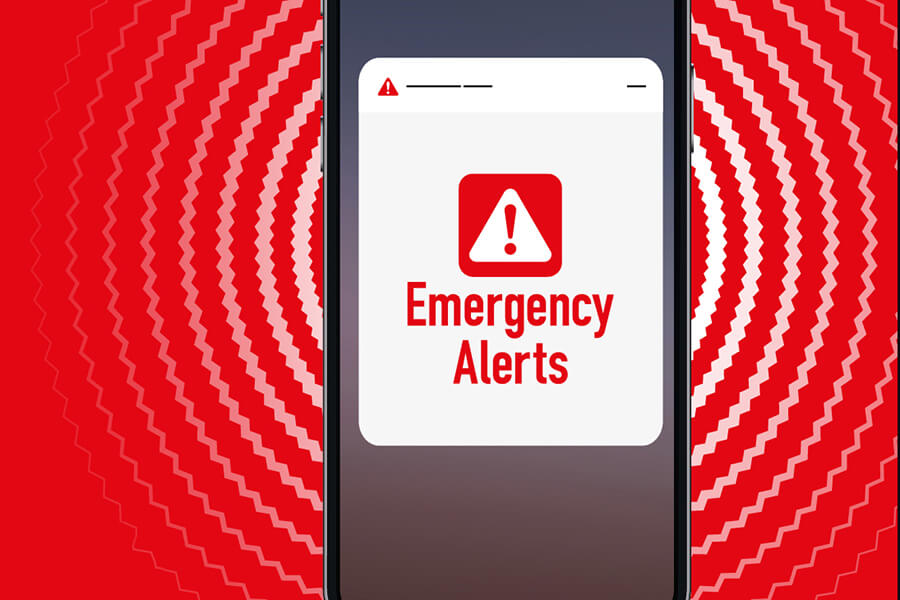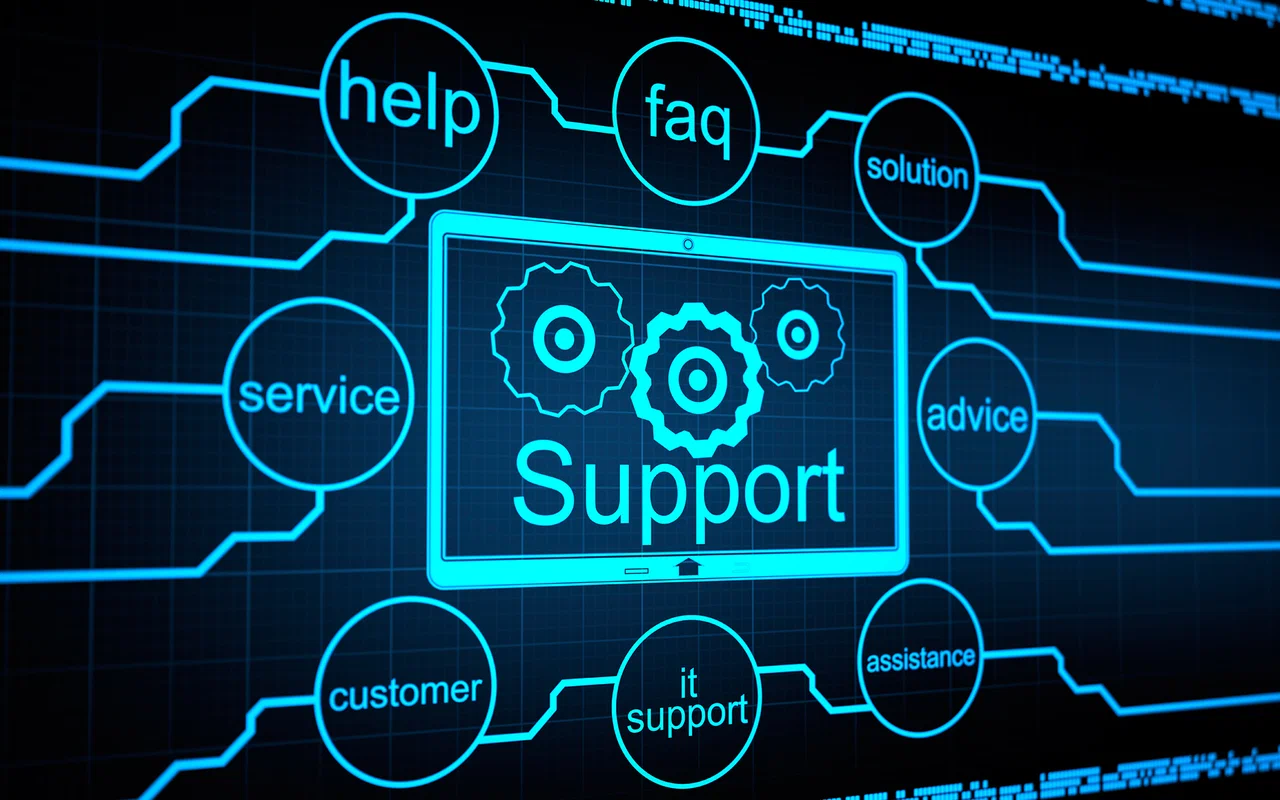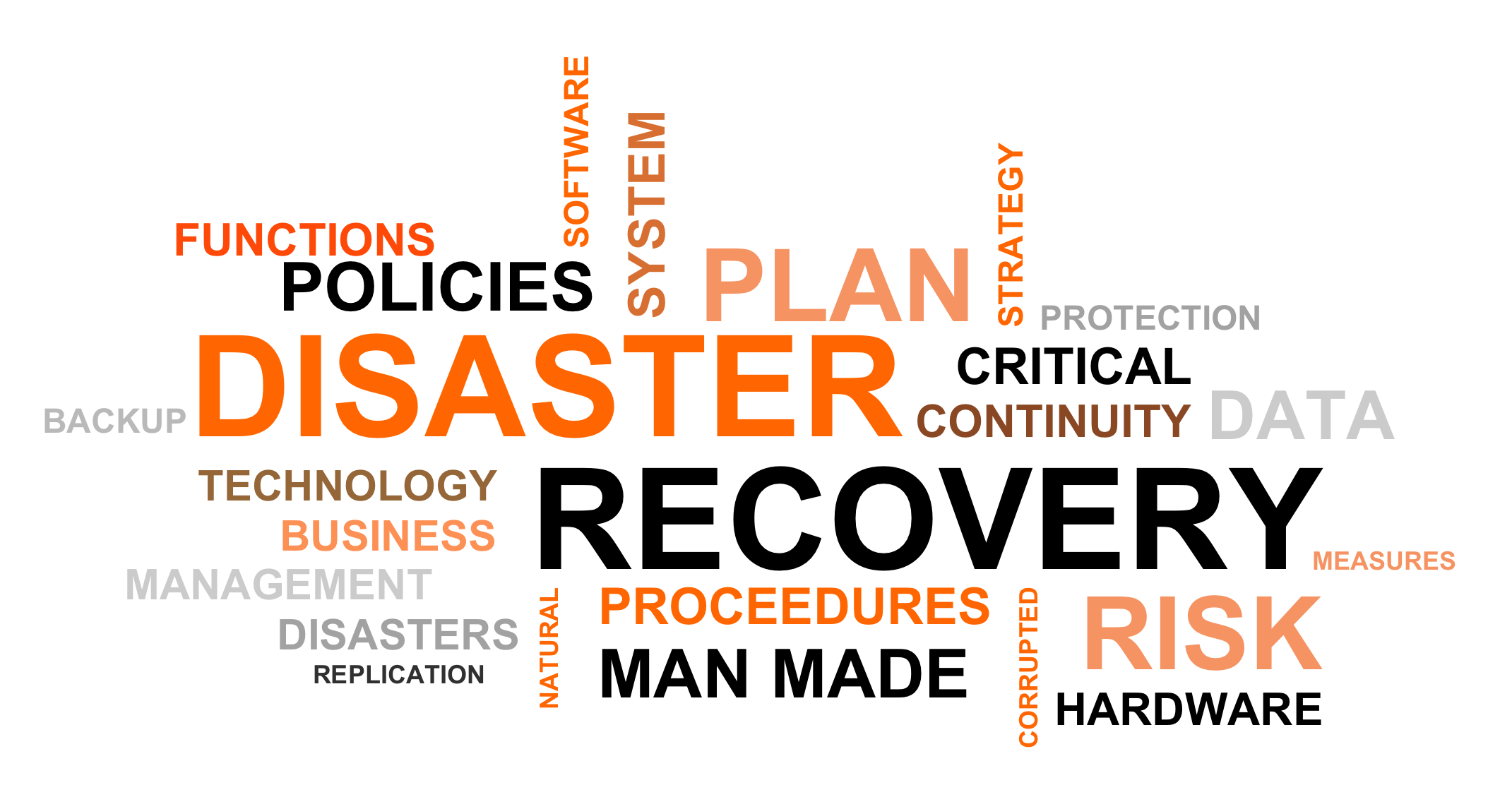
Why Your Organization Needs an Emergency SMS Alert System
In an unpredictable world, effective communication during emergencies is essential for the safety and well-being of any organization. Whether facing natural disasters, security threats, or operational disruptions, timely and clear communication can make all the difference. This is where an emergency SMS alert system comes into play. This article explores the key reasons why your organization needs such a system to streamline communication and ensure safety.
Understanding Emergency SMS Alert Systems
An emergency SMS alert system is a communication tool that allows organizations to send urgent notifications directly to employees, stakeholders, or the public via text messages. These messages can convey critical information quickly and efficiently, ensuring that everyone receives the necessary updates during a crisis.
Key Features of an Emergency SMS Alert System
- Mass Messaging: The ability to send messages to thousands of recipients simultaneously.
- Real-Time Communication: Instant notifications that keep everyone informed about rapidly evolving situations.
- Customizable Messages: Options to tailor messages for different audiences, ensuring relevance and clarity.
- Integration Capabilities: Compatibility with existing communication and emergency management systems.
- User-Friendly Interface: Intuitive platforms that allow non-technical staff to send alerts quickly.
The Importance of an Emergency SMS Alert System
1. Speed Is Essential
Emergencies require immediate action, and the speed of communication can significantly impact outcomes. SMS has a higher open rate compared to emails, with studies showing that 90% of text messages are read within minutes. This immediacy is crucial during emergencies when quick decisions can save lives.
2. High Engagement Rates
Text messages are more likely to be seen and engaged with compared to other forms of communication. This means that recipients are more likely to act on the information provided, whether it’s evacuating a building or following safety protocols.
3. Accessibility
Almost everyone has access to a mobile phone, making SMS an inclusive communication method. An emergency SMS alert system can reach individuals regardless of their location, ensuring that those who may be away from their desks or offices still receive important updates.
4. Cost-Effectiveness
Implementing an emergency SMS alert system is often more cost-effective than traditional communication methods. Many providers offer scalable pricing plans, allowing organizations to pay only for the services they need.
Benefits of Having an Emergency SMS Alert System
1. Enhanced Safety
The primary benefit of an emergency SMS alert system is improved safety. By delivering timely alerts, organizations can inform employees and stakeholders about potential dangers, evacuation procedures, or safety protocols. This proactive approach can significantly reduce the risk of injury or harm.
2. Improved Coordination
Effective crisis response requires coordination among teams and departments. An emergency SMS alert system can streamline communication, ensuring that everyone is on the same page. This coordinated approach facilitates quicker decision-making and more effective responses.
3. Real-Time Feedback
Many emergency SMS alert systems allow for two-way communication, enabling recipients to respond to alerts. This feedback mechanism can be invaluable during crises, as it allows organizations to assess the situation and adjust their responses accordingly.
4. Documentation and Reporting
An emergency SMS alert system serves as a valuable documentation tool. All messages sent and received can be logged, providing a record of communication during the crisis. This documentation can be useful for post-crisis analysis and reporting.
Real-World Applications of Emergency SMS Alert Systems
1. Natural Disasters
Organizations in areas prone to natural disasters, such as hurricanes or earthquakes, can benefit immensely from an emergency SMS alert system. Timely alerts can inform employees about evacuation procedures, safety protocols, and updates on the situation.
2. Security Threats
In the event of a security threat, such as an active shooter situation or unauthorized access to facilities, an emergency SMS alert system can quickly notify staff about the situation and provide instructions on how to respond.
3. Operational Disruptions
From power outages to system failures, operational disruptions can have significant impacts on productivity. An emergency SMS alert system can inform employees about the situation and provide guidance on next steps.
4. Health Emergencies
During health crises, such as a pandemic or outbreak, organizations can use SMS alerts to communicate health guidelines, updates on company policies, and information about vaccination opportunities.
Best Practices for Implementing an Emergency SMS Alert System
1. Choose the Right Provider
Selecting the right SMS alert system provider is crucial. Look for a provider with a proven track record, robust features, and excellent customer support. Consider conducting a trial period to evaluate the system’s effectiveness.
2. Segment Your Audience
Not all messages will be relevant to all recipients. Segmenting your audience allows you to tailor messages based on specific roles, locations, or departments. This ensures that everyone receives information pertinent to them, minimizing confusion.
3. Create Clear and Concise Messages
During a crisis, clarity is paramount. Messages should be straightforward and easy to understand. Avoid jargon and ensure that all instructions are clear. Use simple language to convey essential information quickly.
4. Test the System Regularly
Regular testing of your emergency SMS alert system is critical to ensure it functions correctly when needed. Conduct drills to simulate crisis scenarios and evaluate the effectiveness of your communication strategies. This practice will help identify any weaknesses and improve your response plans.
5. Train Your Staff
Ensure that all relevant staff members are trained on how to use the SMS alert system effectively. Provide training sessions on message creation, audience segmentation, and system troubleshooting. Well-prepared staff will be more confident in using the system during an actual crisis.
6. Solicit Feedback
After a crisis, gather feedback from recipients about the effectiveness of the SMS alerts. Understanding their experiences can help refine your communication strategies and improve future responses.
Conclusion
In an era where crises can arise unexpectedly, having an effective emergency SMS alert system is crucial for any organization. By streamlining communication, enhancing safety, and improving coordination, these systems ensure that organizations are prepared to respond effectively in emergencies. Investing in an emergency SMS alert system is not just a precaution; it is a vital component of any comprehensive crisis management strategy.





